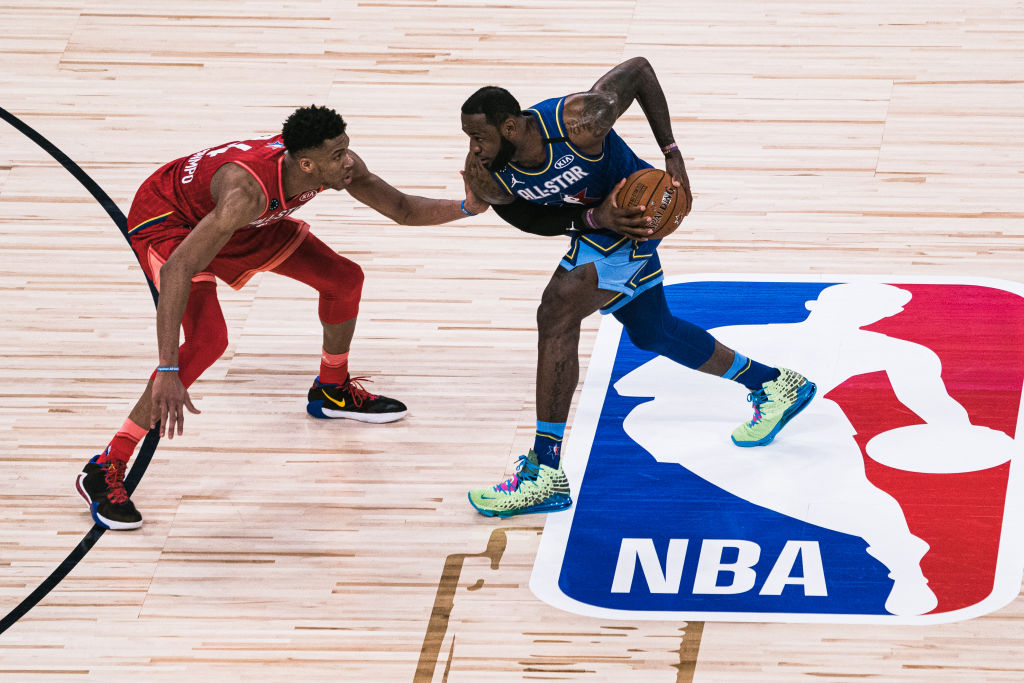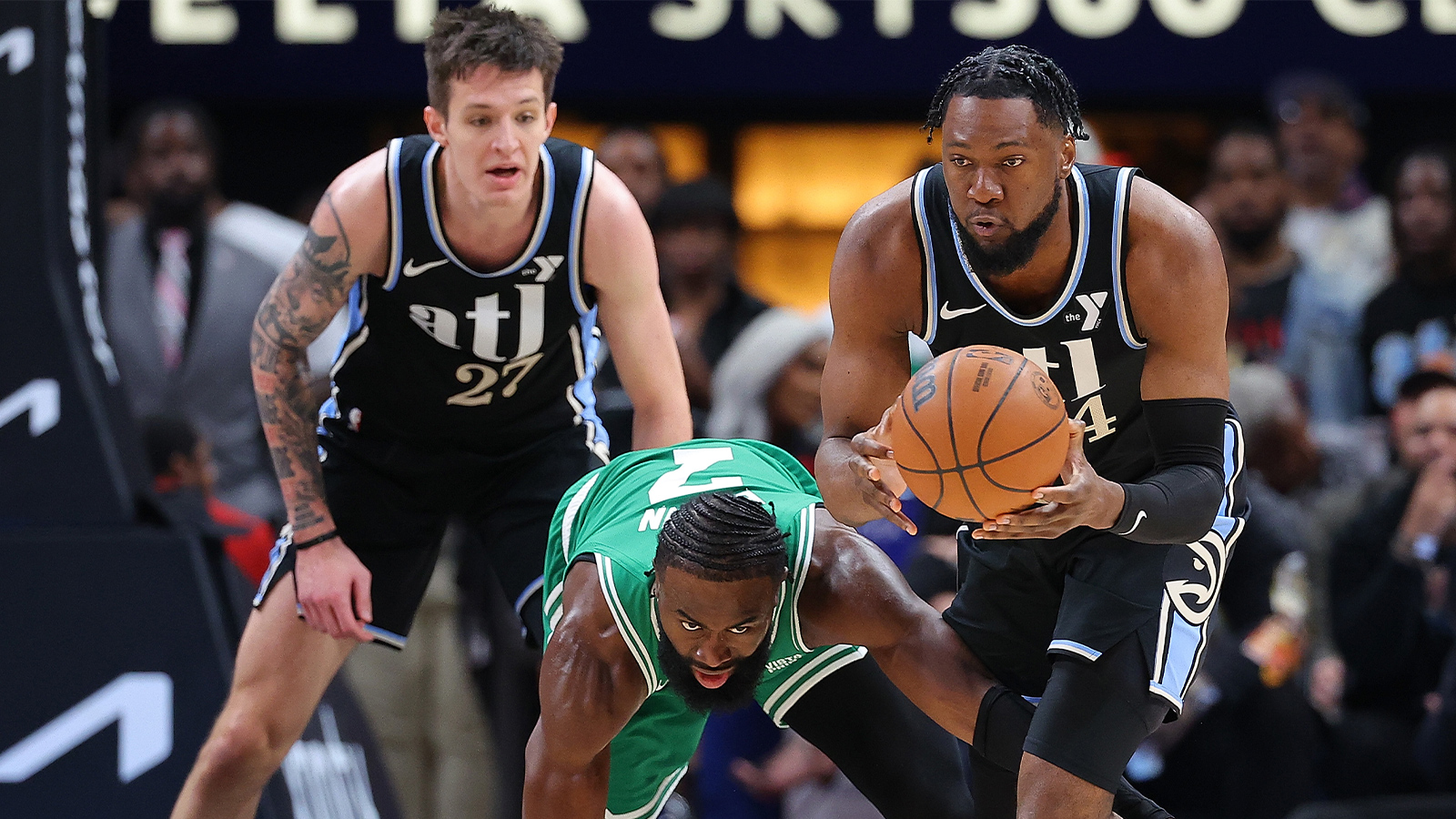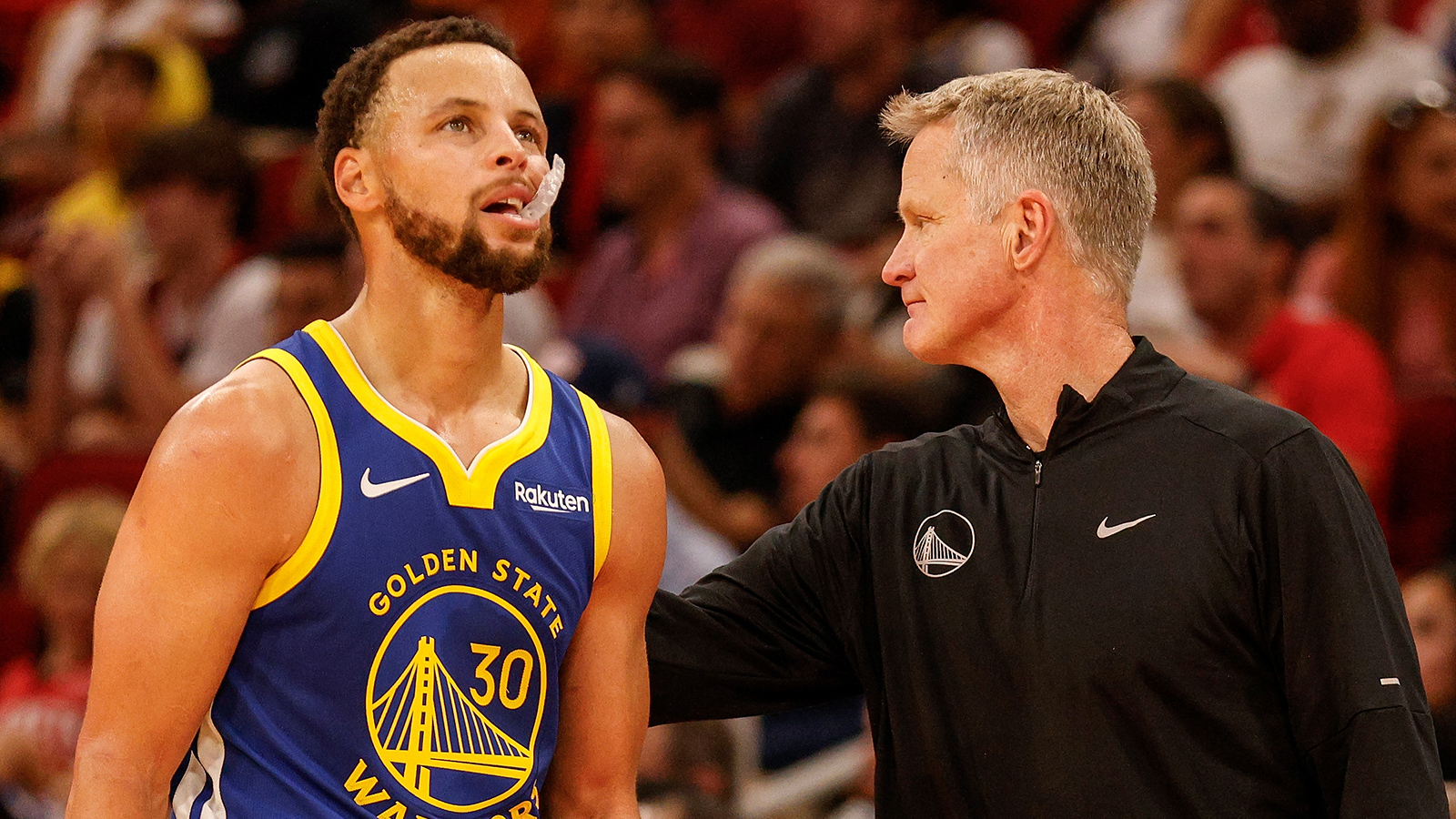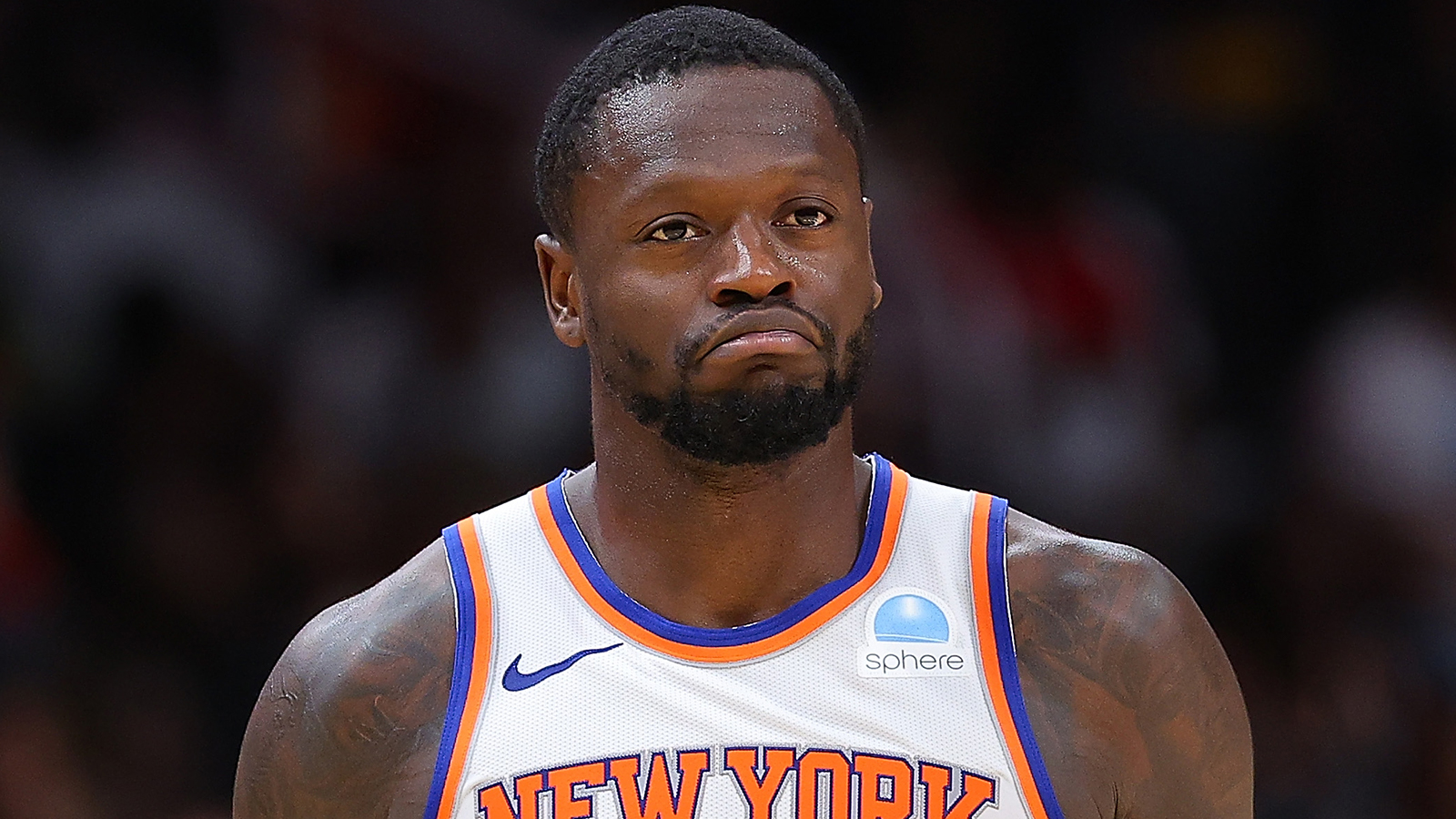
You Can’t Guess How the NBA All-Star Game Format Started
The change to Sunday’s NBA All-Star Game format received positive reviews for the way it brought energy to the fourth quarter. With the teams trying to reach a set point total rather than winding down the clock, the all-stars played with renewed intensity.
With no clock to stop, they abandoned the strategy of fouling to get the ball back. They traded a free-throw shooting contest for the fast-paced action fans are accustomed to for the first three quarters of typical games. The format guarantees a winning, game-ending shot every time.
Perhaps best of all, the decision to play to 24 points beyond the leader’s score at the end of the third quarter in order to honor the memory of Kobe Bryant seemed just right.
NBA’s radical change well-received by players, fans
NBA players bought into the experiment with a new format and enjoyed the experience.
Anthony Davis compared the intensity to that of a playoff game, LeBron James called it a great way to end the weekend, and Giannis Antetokounmpo lobbied to make the format a permanent fixture for the annual contest.
There were concerns about a television ratings slump in the first third of the NBA season, with viewership down about 13 percent, but those numbers improved in January as the NFL wound down.
Though the NBA will play out the season with its traditional 48-minute games, viewers tuned in to the All-Star Game to see tributes to Kobe Bryant and check out the new format. Ratings were up 8% over a year ago, potentially creating a residual effect for TV ratings for the rest of the season.
Format inventor Nick Elam doesn’t work for the NBA
The format used for the conclusion of the NBA All-Star Game wasn’t pulled out of thin air. It’s the invention of Nick Elam, now a professor at Ball State University.
Elam’s inspiration came from watching NCAA Tournament games while a student at the University of Dayton in 2004. He crunched numbers from college and pro games and concluded that the teams resort to intentional fouls down the stretch in about half of all games but rarely succeed.
The Elam Ending was drawn up in 2007. Elam determined that the optimal time to turn off the clock would be with four minutes left in college games and three minutes in NBA contests. In either case, the target score for winning would be seven points more than what the team in the lead had accumulated.
Will we see the Elam Ending again?
If the NBA wants to experiment with the idea of using the Elam Ending, it has the G League plus the summer rookie circuit available to tweak rules and evaluate whether it might be worth using the format for some regular-season games.
Commissioner Adam Silver has suggested possibly launching an in-season tournament in which NBA teams compete for a huge payday. Playing three slightly shorter periods and adding the Elam Ending would give the tournament its own identity.
Even if the NBA chooses to use the alternative ending only for its All-Star Game, there are other opportunities to see it in action.
The Elam Ending kicks into effect with four minutes to play in The Basketball Tournament, a single-elimination summer event in which college alums represent their schools while pursuing a $2 million prize. The BIG 3 league uses a variation in which the first team to 50 points wins.



